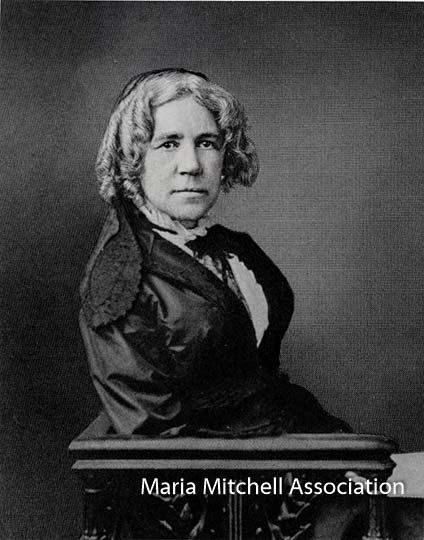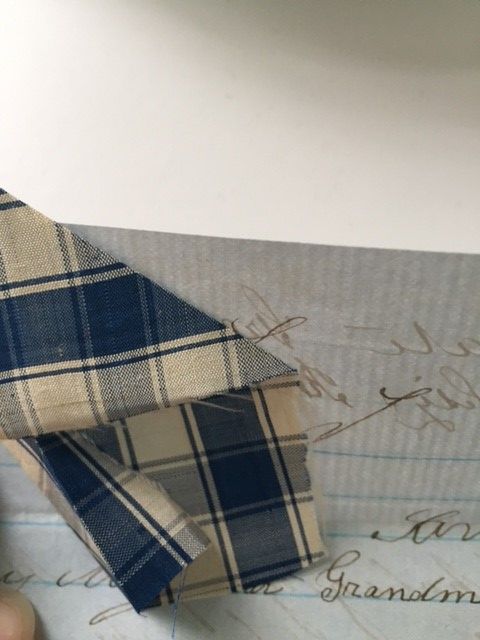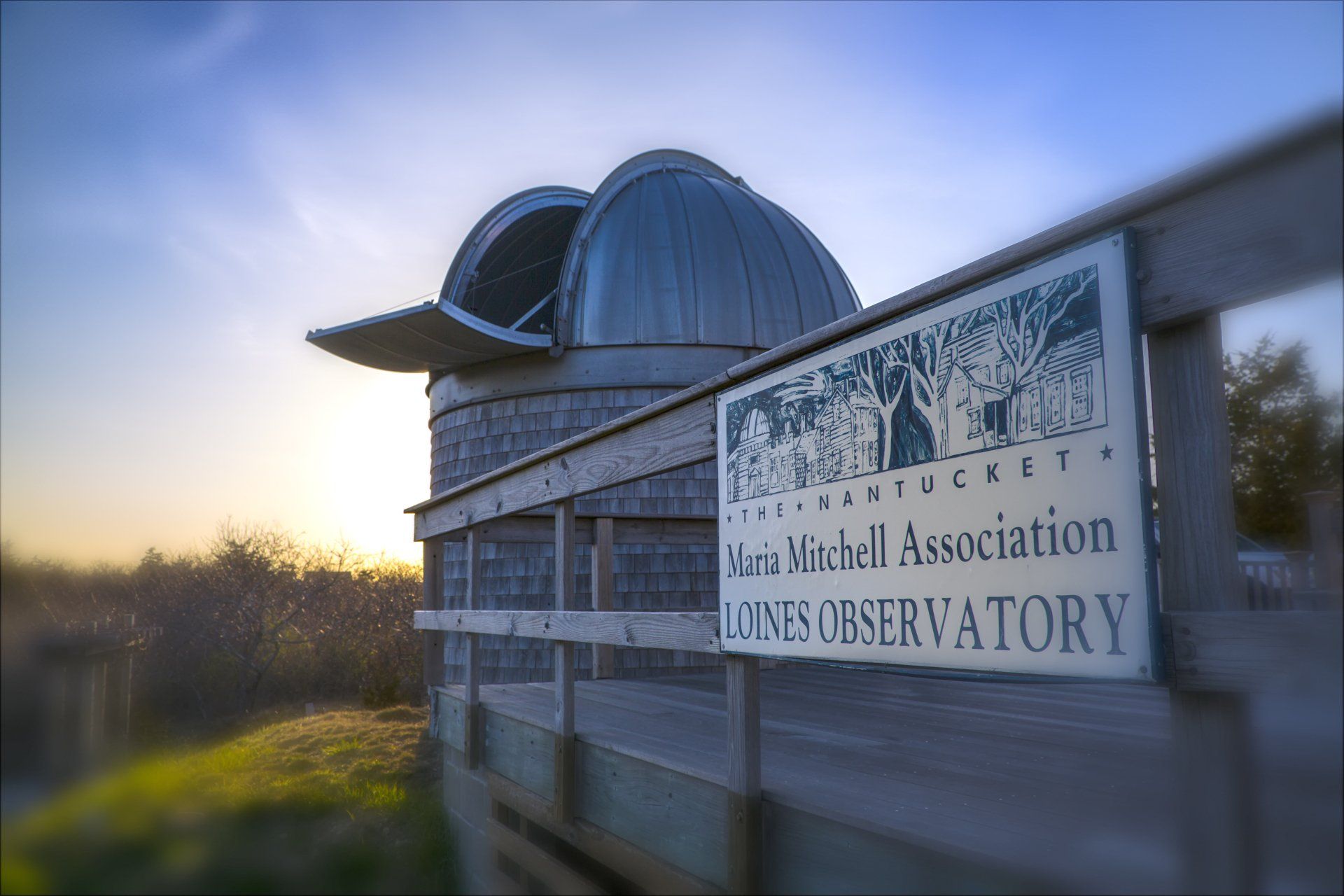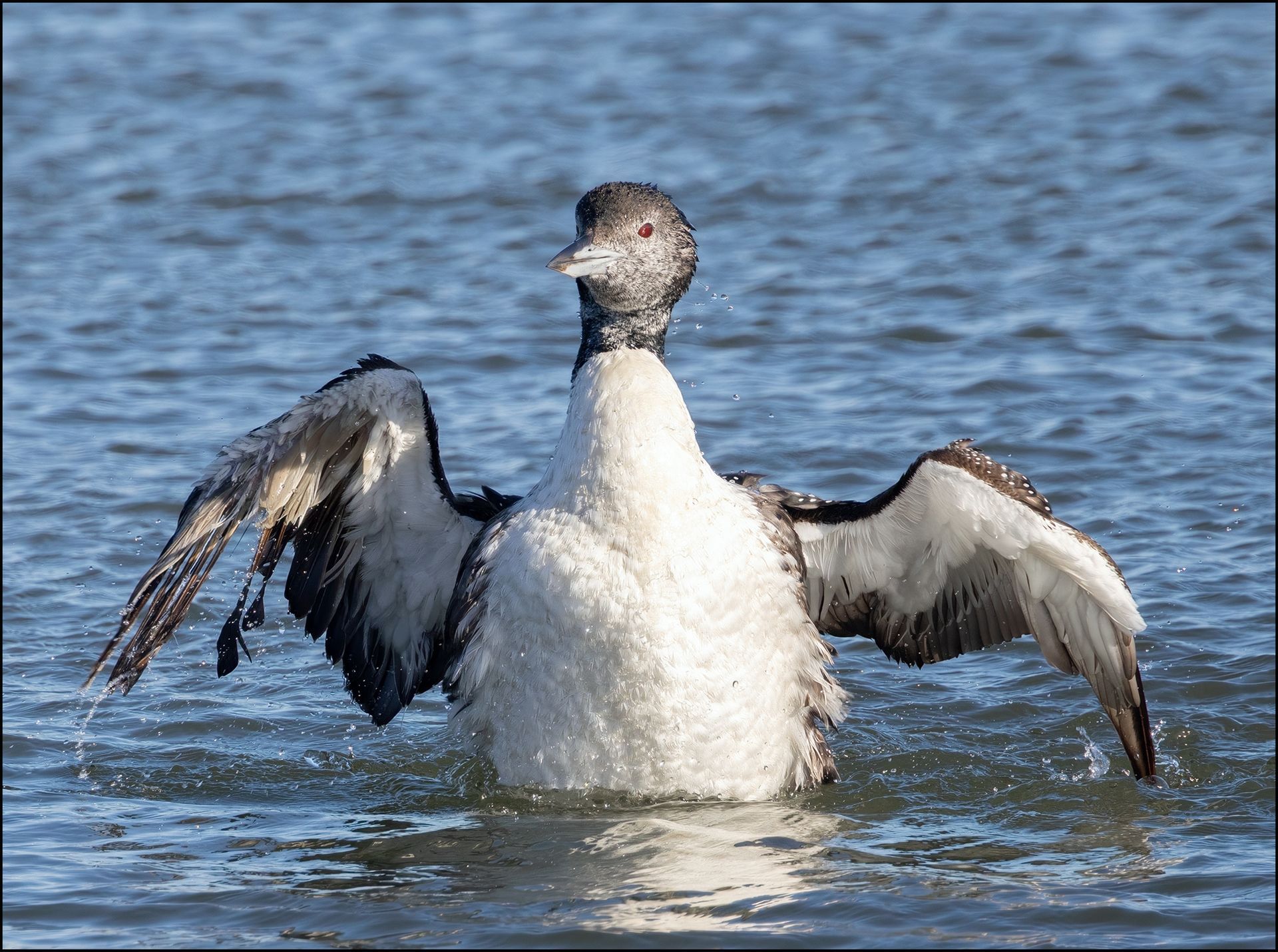Keep Calm and Bird On: September 2023
“If you don’t look, you don’t see. You have to go and look.”
-Edith Andrews
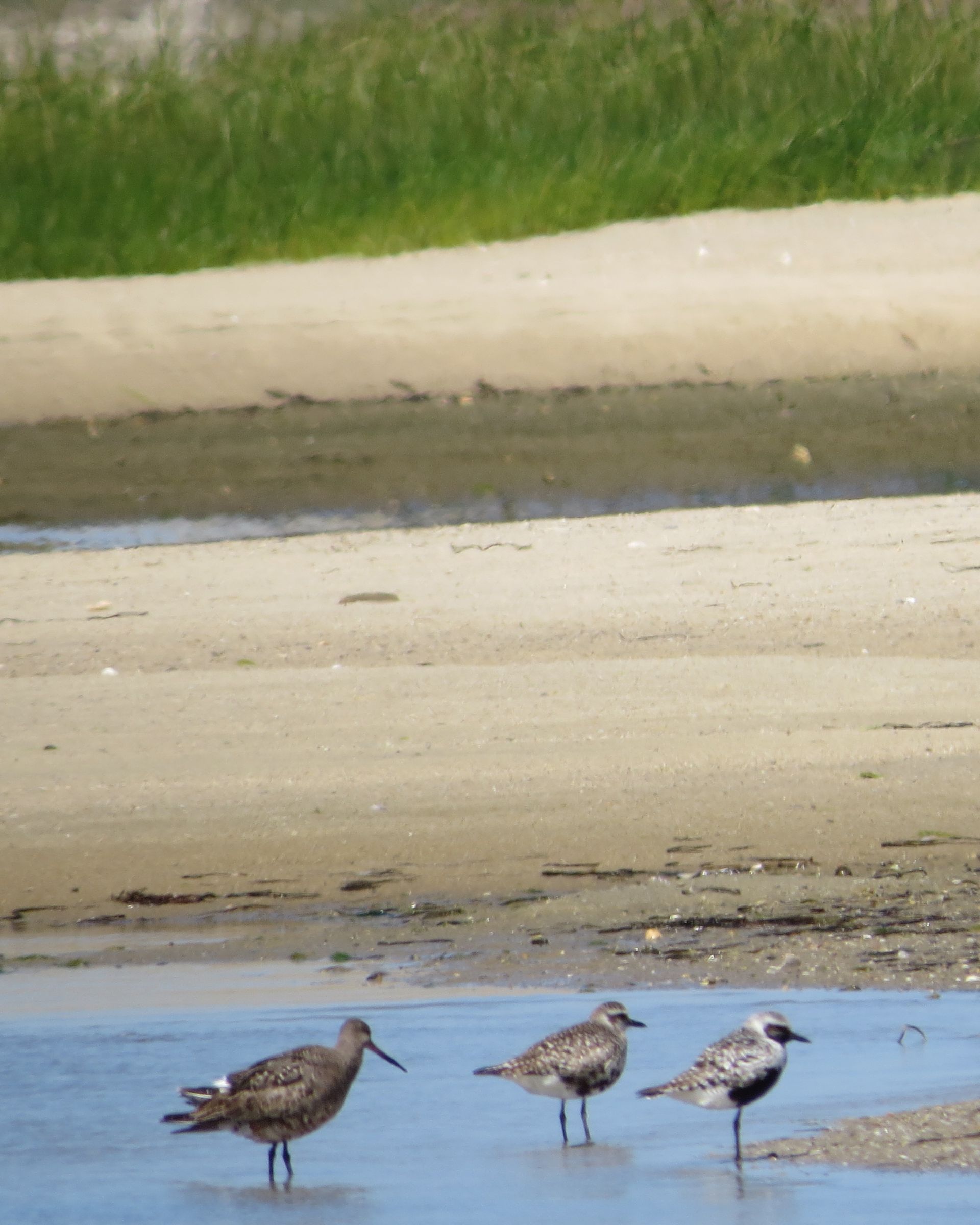
In September, shorebird migration is still under way. And as the season progresses, the more likely we are to find rarities. Migrating and dispersing birds are exploring new territory. So, here at the ocean edge they may pause and take a little time to rest and feed up. Some of them are in the process of molting into winter plumage, which can be confusing. But careful observation, detail by detail, is a rewarding way to build confidence as you add up the clues to identification.
And, if at all possible, take pictures. Images viewed in tranquility can be blown up to show what the eye sometimes misses in the field. And they are important documentation for science. To quote the late Vern Laux, “If there’s no photograph, it didn’t happen.” It’s a long way from the Arctic Ocean or Hudson Bay to the Pantal or Tirra del Fuego. So a brief, near-by—relatively speaking— east coast pit stop is a crucial necessity.
With some shorebirds threatened or endangered, our Nantucket observations make an important contribution to understanding, and ultimately protecting, these resources. For the second year in a row, a Whimbrel named “Thimble,” tagged in the Arctic National Wildlife Refuge by Manomet Bird Observatory, made a stopover of several days in and around Nantucket Harbor. But satellite tagging is only part of what it takes to identify critical areas. Just following one individual is not enough. In order to gauge importance, we also need numbers. Birds nesting on Nantucket like American Oystercatchers and Piping Plover are monitored from arrival to departure. But what of birds just passing through? How many Whimbrel, or Yellowlegs, or Black-bellied Plover, are here? So although counting can be tedious, it is a valuable exercise. And one good thing about shorebirds: they hold still longer than those confusing fall warblers.
Photo by Photo by Ginger Andrews
Recent Posts
